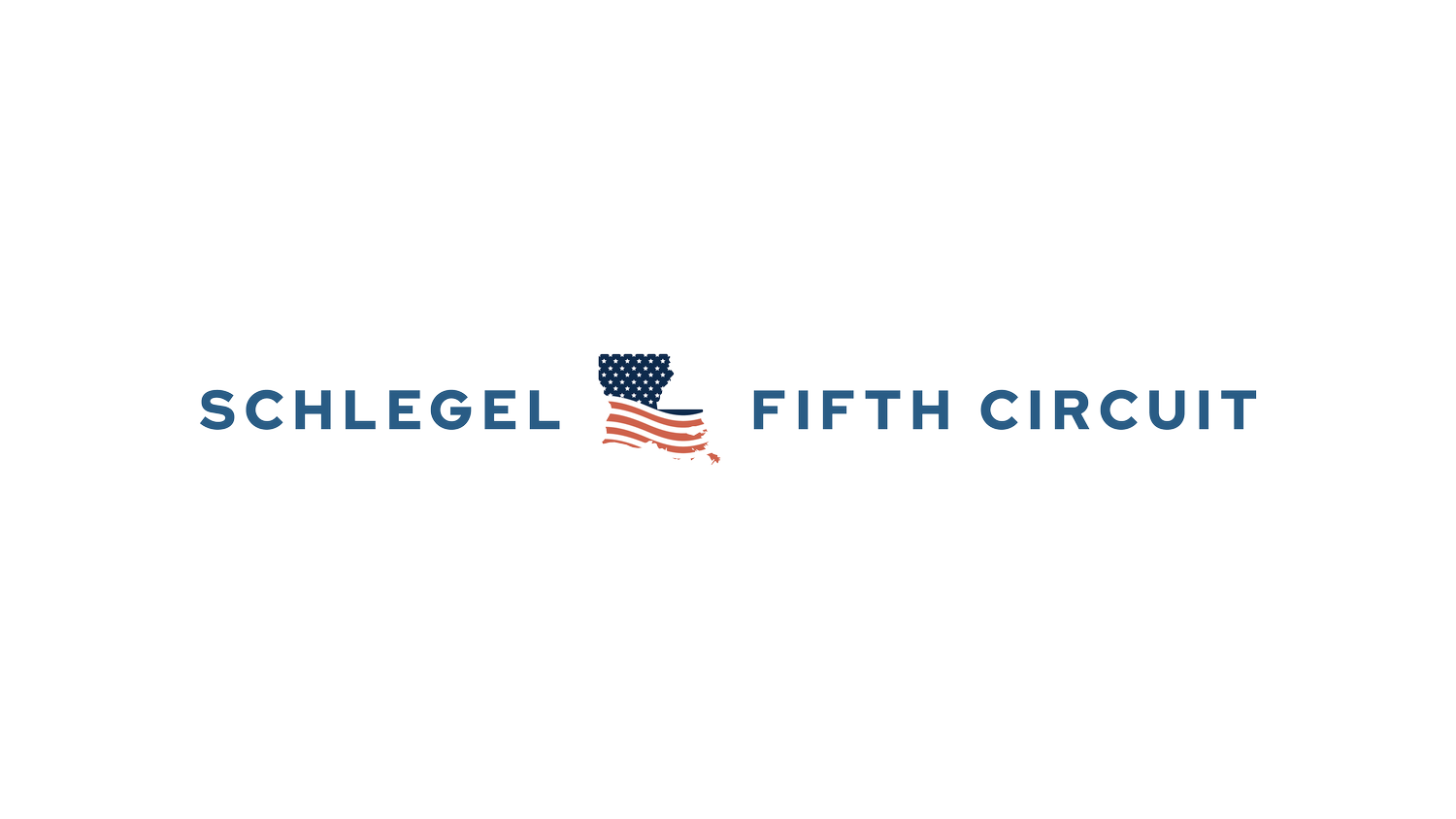The Deepfake Dilemma: Legal Safeguards in the Digital Era
In an era where technology evolves at breakneck speed, the legal system often struggles to keep pace. As a judge with extensive experience in legal technology, I've observed a growing challenge that demands immediate attention: the rise of deepfakes and their potential to undermine the integrity of our legal proceedings.
The current procedural rules stipulate that lawyers must not knowingly offer false evidence in court. However, this standard, while historically sufficient, is rapidly becoming inadequate in the face of sophisticated deepfake technology. The ease with which convincing fake videos, audio recordings, and images can be created suggests a need for revising our rules of procedure and evidence.
To address this concern, we might consider elevating the standard from "knowing" to "knew or should have known" regarding the offering of false evidence. This shift would place a greater burden on attorneys to verify the authenticity of evidence before presenting it in court. In today's digital landscape, where deepfakes can be highly convincing, lawyers can no longer afford to ignore the possibility of manipulated evidence. They should be required to actively question and verify the veracity of all digital content.
Lawyers are not just advocates for their clients; they are also officers of the court. This dual role carries with it a profound responsibility to uphold the integrity of the legal system. As such, lawyers must also take on a gatekeeping function when it comes to evidence, especially in this age of deepfakes. They have an ethical duty to protect the court from fraudulent or manipulated evidence, even if it might benefit their client’s case. This responsibility extends beyond mere compliance with rules; it's about actively safeguarding the truth-seeking function of our courts.
While it's crucial to guard against the admission of deepfake evidence, we must also be cautious of unfounded accusations of manipulation. Lawyers should not be permitted to claim evidence is a deepfake in front of a jury without a reasonable belief in its falsity. Such claims, once made, can irreparably taint the jury’s perception – akin to the "CSI effect" on steroids.
Given the complexities introduced by deepfake technology, we may need to implement enhanced verification standards for digital evidence. Under such standards, lawyers would be required to take reasonable steps to authenticate digital content before submitting it to the court. This might involve developing new pre-trial procedures specifically designed to scrutinize potentially manipulated evidence.
Judges and court administrators also play a crucial role. Courts may need to adapt their approach to qualifying expert witnesses under standards like Daubert to accommodate the unique nature of deepfake technology. Additionally, developing comprehensive jury instructions that address the potential for manipulated digital evidence could provide guidance on evaluating such claims, including what deepfakes are and how to assess the credibility of digital evidence.
While the threat posed by deepfakes may demand swift action, it’s equally important to carefully consider the implications of any changes to legal standards. We must strike a balance between adapting quickly to new challenges and ensuring that the solutions we implement do not create undue burdens or unintended consequences.
It’s time for the legal community to proactively address the deepfake challenge. We must ensure that our pursuit of justice remains uncompromised in the digital age, where the line between reality and fabrication can be blurred with alarming ease. Our legal system’s credibility depends on our ability to authenticate evidence and maintain the trust of those we serve. Let us rise to this challenge and safeguard the foundations of justice in this new technological era.
Subscribe to my Substack newsletter today so you don’t miss out on a post. https://judgeschlegel.substack.com
